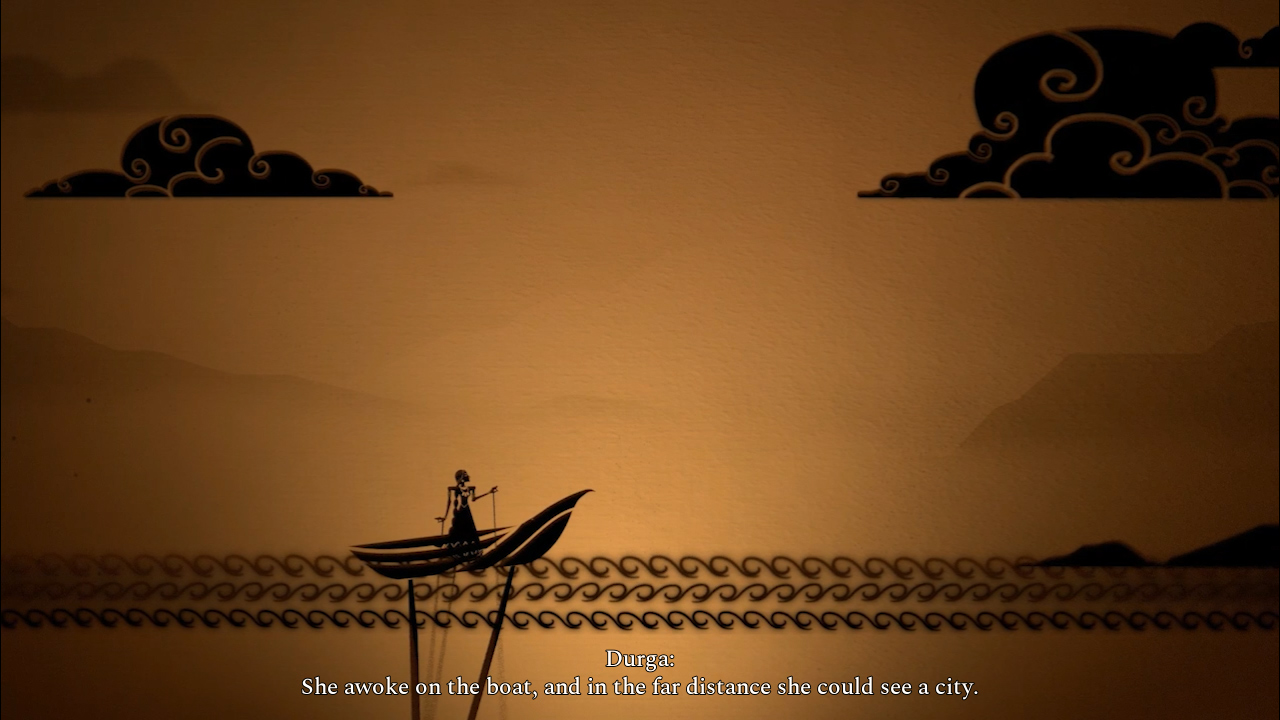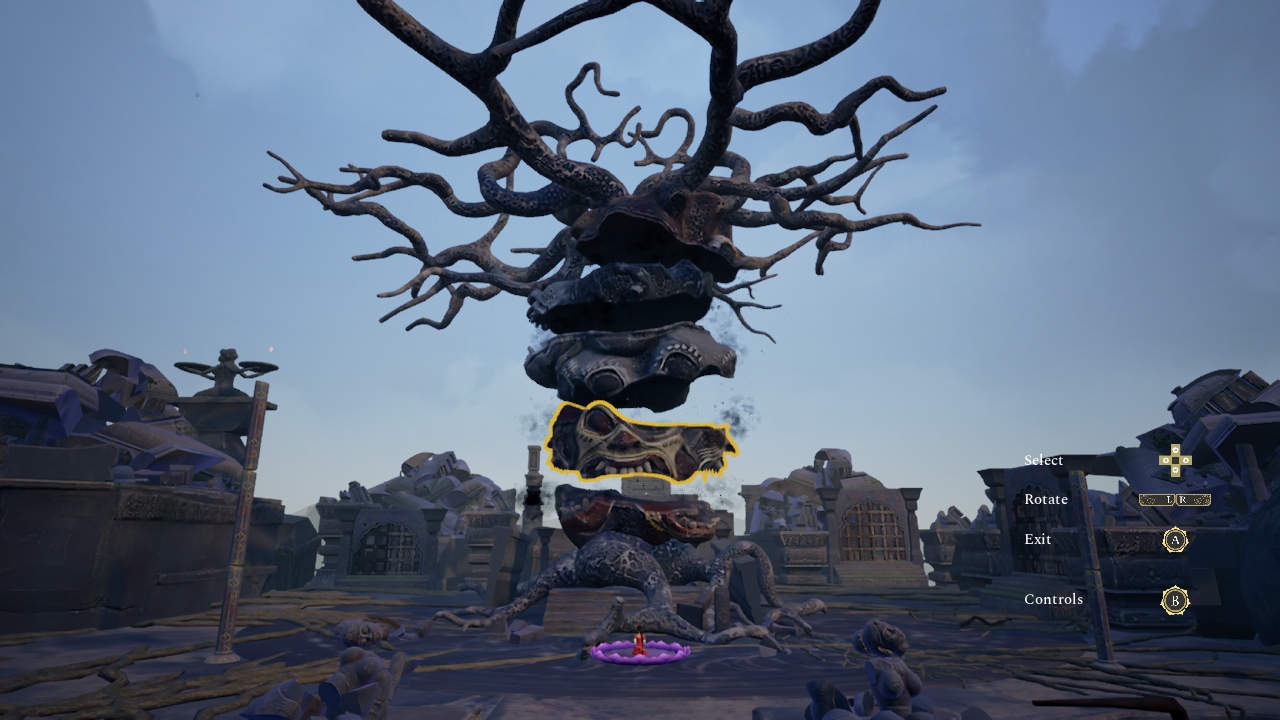Raji — A nostalgic yet refreshing adventure
Raji: An Ancient Epic has been turning heads from day one of its surprise launch, announced during the Nintendo Indie World Showcase in August. This debut title from Nodding Head Games is an action-adventure game set in ancient India that follows the story of a young woman on a quest to rescue her younger brother.
The most immediate and striking thing that you’ll notice about Raji is its visuals and unique style. Some of the standout elements have been showcased in trailers new and old: vibrant environments, fluid combat animations, distinct character models. Something advertised less, but equally beautiful, is the 2D animated cutscenes in the form of shadow puppet performances. This combination of colorful and dynamic 3D art and the more traditional 2D art result in a rich, textured visual experience, and not one of these elements overstays its welcome. One of the most refreshing parts of Raji is its aesthetics — rarely have we seen traditional Indian culture and iconography portrayed in our action-adventure games, especially so authentically.

At the same time, so much of Raji is recognizable. You can see parallels in combat to Devil May Cry, and parallels in puzzling and platforming to Tomb Raider games. As I played, I most frequently found myself comparing it to The Legend of Zelda: The Wind Waker, partially because the narrative is so reminiscent, and partially because of the feeling of discovery I experienced when playing both games. In short, Raji is a game capable of making you feel like a kid again.
The narrative is wonderfully straightforward while containing depth for those who want it. Player character Raji ventures across many realms to rescue her younger brother, Golu, after he’s kidnapped by demons. The cutscenes and a good part of the gameplay are narrated by Hindu gods Vishnu and Durga (with full voice acting), whose rapport becomes endearing throughout the game. Raji offers a wealth of historical and theological context, primarily through its puzzles and environments. There are occasional interactable locations that serve exclusively to provide background and context on Hindu deities (some of whom play a direct role in Raji’s journey, and some of whom are only tangentially related). It’s likely that South Asian players and fans of lore will get the most out of these asides, but they’re easily passed by for more gameplay-focused individuals.

Gameplay itself is not particularly complicated, but becomes more varied and versatile over time. As you explore more environments, you gain access to more weapons, each of which supports a unique playstyle. The weapons all look incredibly cool, and so do the enemies you encounter and fight along the way. Boss battles are a delight, and victories against them almost always feel satisfying. Occasionally, the combat does get buggy, and you might find the movement imprecise. But in all, the combat is forgiving enough that this is rarely a barrier to enjoyment or progression. The occasional puzzle is a lovely way to break up the string of battles and showcases more handcrafted visual art, though often lacking in challenge.
In all, Raji is a joy to play, and I can’t recommend it highly enough. I’ll be using it as a benchmark for what action-adventure games can be for years to come, and I hope it paves the way for other underrepresented cultures and developers in games.
Raji: An Ancient Epic is out now on Nintendo Switch, and will be coming to Xbox, Steam, and PS4 on October 15.
Comments are closed.